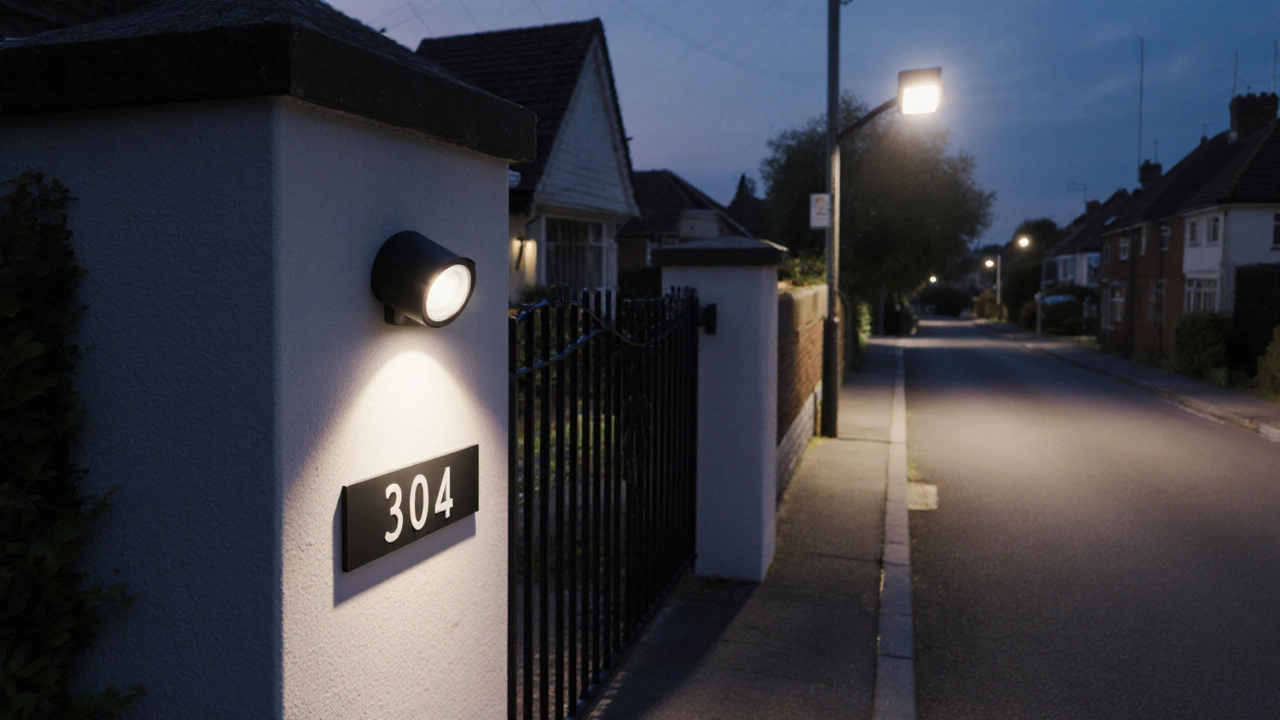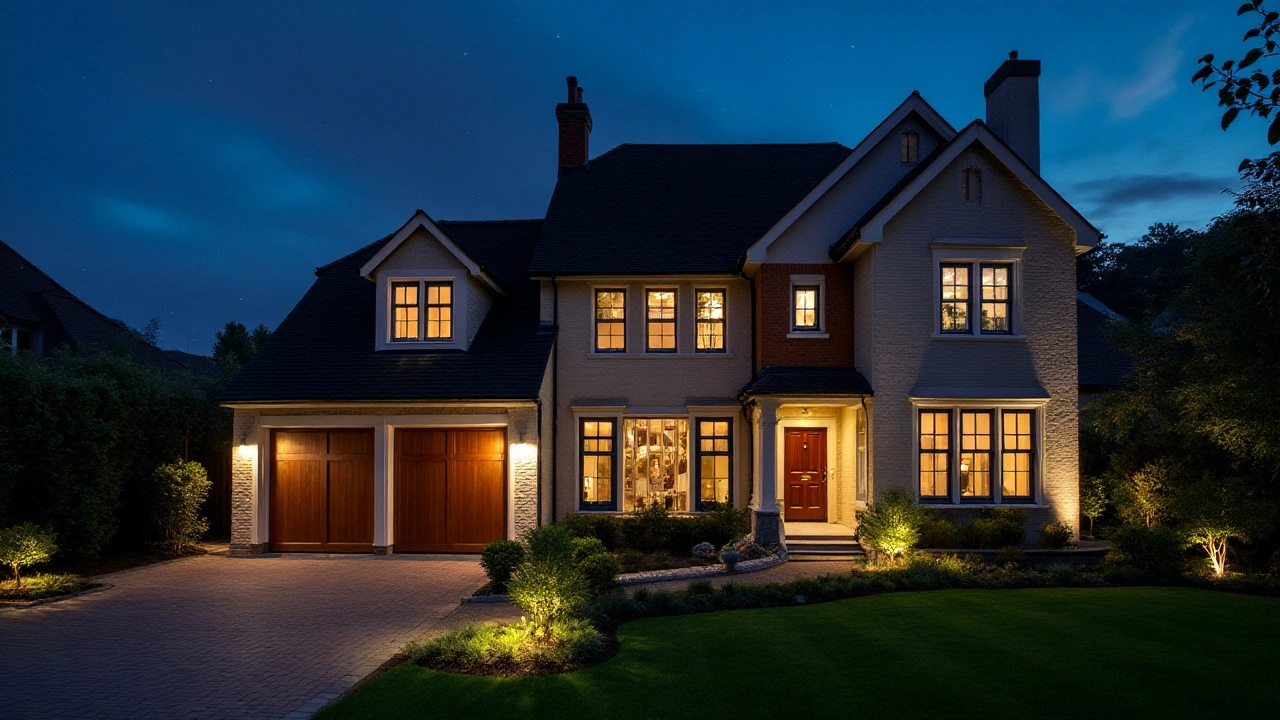Good lighting does more than make your garden look nice – it stops burglars in their tracks. When you add the right security lights, you get a clear view of any approach, and the motion sensors can scare off intruders before they get close. In this guide we’ll break down the basics, compare the main types of lights, and show you how to install them without a headache.
Most people think a floodlight and a security light are the same, but they serve different jobs. A floodlight throws a wide, bright beam over a large area – perfect for driveways, backyards, or any spot where you need full‑coverage illumination. Security lights, on the other hand, usually have motion sensors and a narrower focus. They stay off most of the time, then flash on when they sense movement, saving energy and drawing attention to the exact spot where something’s happening.
When choosing, ask yourself: Do I need constant light, or just a quick alert? If you want a well‑lit path for guests, a floodlight works best. If you prefer a silent watcher that only lights up when needed, go for a motion‑sensor security light. Both can be fitted with LED bulbs, which keep power use low and last years.
Placement is key. Start by spotting vulnerable entry points – front doors, side gates, ground‑floor windows. Position a light so it covers the whole approach but doesn’t shine straight into neighbours’ bedrooms – that can cause complaints.
Mount the sensor about 6‑10 feet up. That height gives a good range and reduces false triggers from pets. Aim the beam slightly downward to avoid glare and to keep the light focused on the ground.
If you’re wiring to the mains, turn off the circuit at the breaker first. Most UK security lights come with a simple plug‑in kit that connects to an existing outdoor socket. For a cleaner look, run a waterproof conduit from your home’s fuse box to the light. If you’re not comfortable with electricity, hiring a qualified electrician is worth the peace of mind.
Don’t forget to test the light after installation. Walk through the covered area, trigger the motion sensor, and watch the light respond. Adjust the angle or sensitivity until false alarms stop and real movement lights it reliably.
Finally, think about smart integration. Many newer models pair with a phone app, letting you see a live feed or receive alerts when the light activates. This adds an extra layer of awareness, especially if you’re away for work or on holiday.
In short, the right security lighting mix gives you constant visibility where you need it and smart alerts where it matters. Pick the type that matches each part of your property, install them at the proper height, and you’ll have a well‑lit home that keeps intruders guessing.

Find out whether a spotlight or floodlight is best for your driveway, covering safety, cost, installation and smart‑home options.

Selecting the right outdoor flood lights is crucial for enhancing the security and ambiance of any property. Considerations include factors such as brightness, energy efficiency, durability, and installation. This article provides valuable insights into choosing the best flood lights to deter unwanted visitors and improve nighttime visibility. It also covers the importance of durability and weather resistance to ensure long-lasting performance.